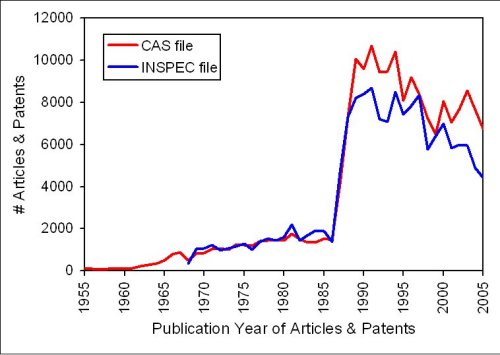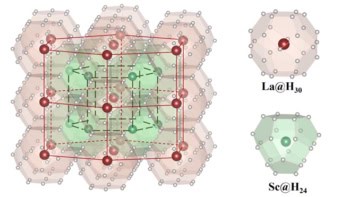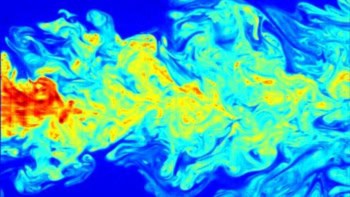High-temperature superconductivity could be a dead field within four years, according to a new analysis by researchers in Germany. They found that the number of papers in the field peaked in about 1990 and has been steady falling since then. By extrapolating the data, the researchers conclude that the numbers will drop to zero at some point between 2010 and 2015, provided that no groundbreaking discoveries are made in the meantime (arxiv.org).
The new study was carried out by Andreas Barth from the FIZ Karlsruhe and Werner Marx from the Max Planck Institute for Solid-State Research in Stuttgart, who examined the number of papers listed in the INSPEC and Chemical Abstracts Service databases with words like “superconductivity” or “superconductor” used in the title or listed as “keywords”.
By plotting these as a function of time, they found that the numbers shot up rapidly in the late 1980s, following the unexpected discovery of high-temperature superconductors by Georg Bednorz and Alex Müller at IBM’s Zurich lab in 1986. The numbers in the INSPEC database reached a peak of about 8500 a year in 1990, but have been slowly falling and now stand at about 4400 (figure 1). A simple linear fit to the data reveals that the numbers will reach zero by 2010-2015.
The researchers say this stark finding applies to the entire field of high-temperature superconductivity, including work on the 30::000 or so “alkaline-earth rare-earth” copper-oxide superconducting compounds, such as the specific lanthanum-barium-copper-oxide material that Bednorz and Müller discovered (Figure 2). Research on magnesium diboride — a much simpler material that was unexpectedly found to be a superconductor in 2001 — will also fall to zero between 2010 and 2015.
The same is true for copper-oxide superconductors in which the rare-earth element (such as lanthanum) has been replaced by one like bismuth or mercury. Barth and Marx call this finding “astonishing” because these compounds have the highest known transition temperatures to date. HgBa2Ca2Cu3O8, for example, becomes superconducting when cooled to just 133K under ambient conditions and to 160 K under pressure.
Barth and Marx add, however, that an unexpected groundbreaking discovery could kick-start the field. This could include the discovery an entirely new type of superconductor, a material with a “significantly higher” transition temperature than anything measured to date, or a “satisfactory” theoretical explanation of the high-temperature superconductivity.
The German researchers give a number of reasons why the field is dying out. They blame the fall in papers on an absence of new discoveries and theoretical progress and say that researchers are increasingly being attracted to “more promising” fields, such as nanoscience. Indeed, they found that the scientific “impact” of papers on high-temperature superconductors — the total number of times that they are being cited by other papers — is decreasing “significantly faster” than the impact of papers on nanotubes.





